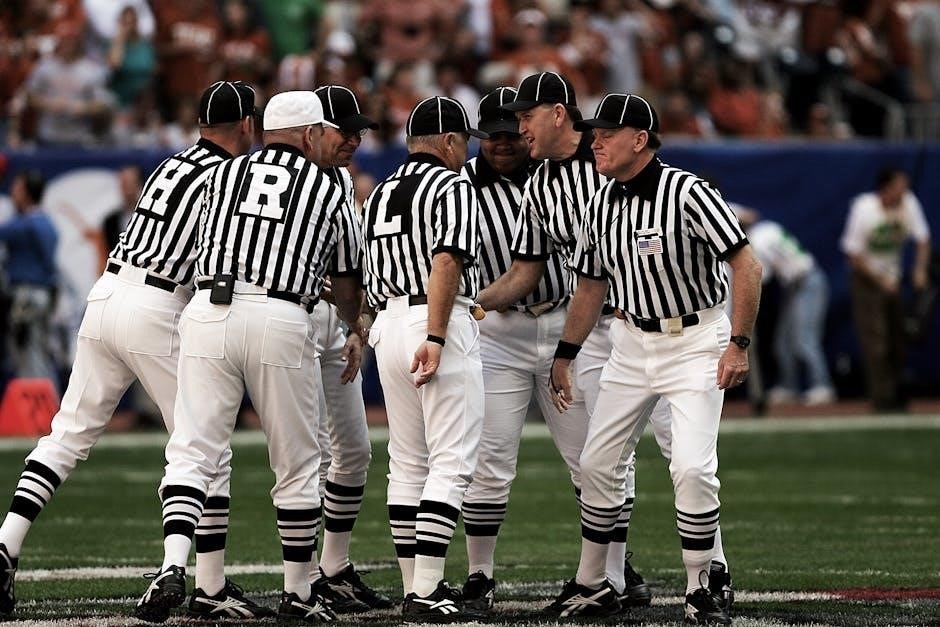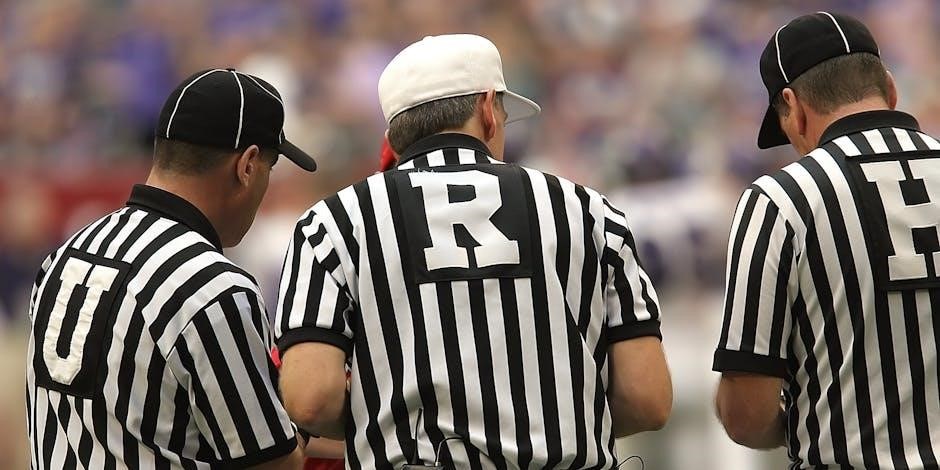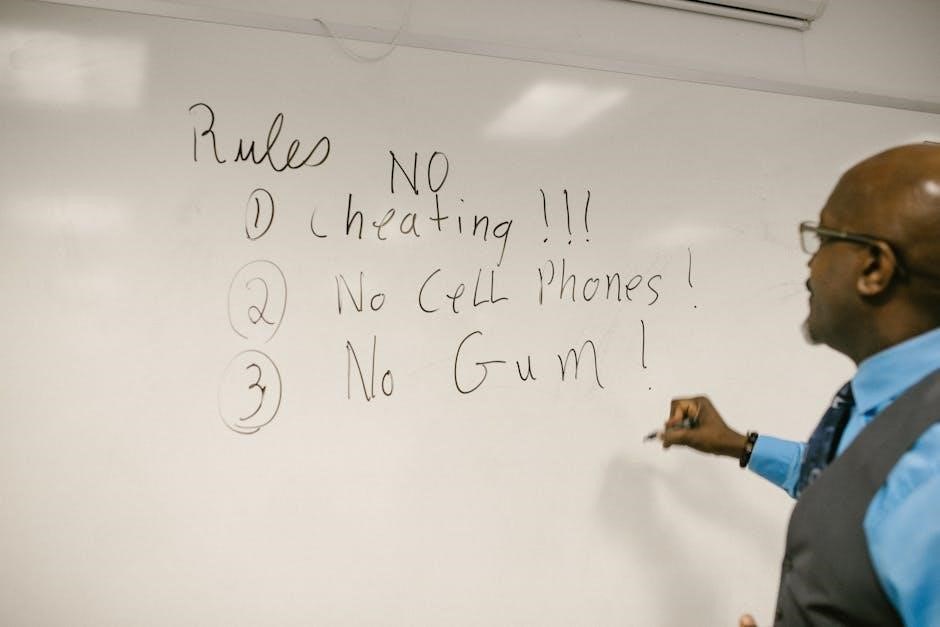Skyjo Rules PDF: A Comprehensive Guide
Welcome to a comprehensive guide on Skyjo! This document will offer a downloadable PDF covering all aspects of the game. You’ll explore the game’s objective, setup, gameplay, and scoring. Get ready to learn how to minimize your points and win!
Skyjo, crafted by Alexander Bernhardt and launched in 2015, is a captivating card game designed for families. Accommodating 2 to 8 players, aged 8 and above, Skyjo offers engaging gameplay sessions lasting between 30 to 60 minutes. The core objective revolves around strategically minimizing your score by swapping high-value cards for lower ones.
The game’s straightforward rules make it accessible for players of all skill levels. Skyjo is perfect for casual gatherings and family game nights. Its quick rounds and element of strategic decision-making ensure an enjoyable experience for everyone involved. The game is easy to learn, allowing for friendly conversation and social interaction during play.
Skyjo stands out as a modern card game originating from Germany. It has dynamic gameplay, full of twists, and is genuinely enjoyable. Learning the rules takes only a few minutes. The rules are simple enough that even younger players can grasp them quickly. Skyjo is a game where you try to keep your displayed cards at a low point value to avoid going over 100 points.
Objective of the Game
The primary objective in Skyjo is elegantly simple: minimize the cumulative point value of your cards. Throughout the game, players strategically replace high-value cards with lower ones, aiming to achieve the lowest possible score. Skyjo is played over multiple rounds, and the ultimate goal is to be the player with the fewest points when someone reaches or exceeds 100 points.
To achieve this, players must carefully consider each card they choose to reveal or discard, balancing risk and reward. A key element of Skyjo is the element of surprise, as players start with most of their cards face down. Smart decision-making, a bit of luck, and awareness of opponents’ actions are essential to succeed.
The game is easy to learn, but mastering the strategies to consistently achieve low scores requires practice and careful observation. The game ends after one player has 100 or more points. Whoever has the lowest number of points wins. Skyjo is a fast-paced and fun card game where players try to keep their displayed cards at a low point value to avoid going over 100 points.
Skyjo Game Setup
To initiate a game of Skyjo, begin by thoroughly shuffling the entire deck of cards to ensure randomness. Each player is then dealt twelve cards, arranged face down in a 3×4 grid pattern directly in front of them. These twelve cards form the player’s tableau for the round. The remaining cards are placed face down in the center of the playing area, forming the draw pile.
Before the round begins, each player gets to flip two of their twelve cards face up. The position of these flipped cards does not matter; players can choose any two cards within their grid. These face-up cards provide an initial glimpse into their tableau and inform their early decisions.
Once everyone has revealed their initial two cards, the player with the highest sum of those two cards begins the first round. For each round that you play, you will complete the following setup steps. This setup process ensures a fair and engaging start to each round of Skyjo, setting the stage for strategic card play.
Gameplay Instructions
On a player’s turn in Skyjo, they have two options: draw the top card from the discard pile or draw a new card from the draw pile. If the player chooses to draw from the discard pile, they must replace one of their face-down or face-up cards with the drawn card; If they choose to draw from the draw pile, they look at the card and then must replace one of their cards with it.
The replaced card is then discarded face up onto the discard pile. A key element of the game is that players can choose to reveal a face-down card at any time by discarding it and replacing it with a drawn card. The goal is to replace high-value cards with lower-value cards to reduce your overall score.
If a player draws a card from the draw pile, they have the option to discard it immediately if they don’t want to replace any of their existing cards. However, they must reveal one of their face-down cards as a penalty. This decision adds a layer of strategy, balancing risk and reward. Gameplay continues clockwise around the table.
Card Values in Skyjo

Understanding the card values is crucial to playing Skyjo effectively. The standard Skyjo deck contains cards with values ranging from -2 to 12. Negative cards are beneficial, as they directly reduce your score. The card values from -2 to 0 are the most desirable to have in your grid. Cards with positive values, especially the higher ones, contribute negatively to your total score.
The numerical values of the cards directly correspond to the points they add to your total at the end of each round. For example, a card with a value of 5 adds 5 points to your score. Therefore, a primary strategy in Skyjo is to replace high-value cards with lower-value cards, including negative cards, whenever possible. Aim to minimize your card values.
It is important to know that the distribution of each card value in the deck is not equal. There are fewer negative cards than positive cards. This makes acquiring negative cards a strategic advantage. The distribution of cards influences decisions on whether to draw from the discard pile or the draw pile. Always be mindful of card values.
Special Rule: Column Discard
Skyjo features a special rule that can significantly impact gameplay and scoring: the column discard. This occurs when a player manages to have three cards with identical values in a single vertical column of their tableau. When this happens, the player can discard the entire column, removing those points from their potential score for the round.
The column discard rule adds a layer of strategic depth to the game. Players actively try to manipulate their tableau to create columns with matching values. Discarding a column is highly advantageous, especially if the cards have high values or if it helps to reach a lower score. Planning and tactical card replacement are key to using this rule effectively.

This rule can be a game-changer. It allows a player to drastically reduce their score in a single turn. It also introduces risk. Focusing solely on achieving column discards might leave you vulnerable to other players minimizing their scores. The column discard option requires careful consideration of the current game state. It is a powerful tactic to master.
Ending a Round
A round of Skyjo concludes when a player has revealed all of their twelve cards. This means all cards in their 3×4 grid are face-up. The player who reveals all their cards first triggers the end of the round, but it doesn’t necessarily mean they win the round.
Once a player reveals all their cards, every other player gets one final turn to play. This allows them a last chance to reduce their score by swapping cards or attempting to complete a column discard. After everyone has taken their final turn, scores are tallied.
It is essential to remember that ending the round first doesn’t guarantee the lowest score. It only signals the end. Other players might have been strategically holding onto lower value cards or successfully executed column discards, resulting in a lower overall score. Ending the round first requires balancing speed and strategic play to maximize your chances of winning the round. A player can end it with a negative score.
Skyjo Scoring System
The Skyjo scoring system is designed to reward players with the lowest scores. At the end of each round, after a player has revealed all their cards and everyone has had their final turn, players calculate their scores based on the values of the cards remaining face up in their grid.
Each card has a point value. Most cards are numbered, with their face value corresponding to their points (e.g., a card with “5” on it is worth 5 points). However, the game includes special cards, such as the “-2” cards, which are worth negative two points; These cards can significantly reduce a player’s score.

To calculate your score, simply sum up the values of all the face-up cards in your grid. The goal is to have the lowest possible score. After each round, players record their scores. The game continues until one player accumulates 100 or more points. The player with the lowest cumulative score at that point is declared the winner. Therefore, understanding the scoring system is crucial for strategic play.

Winning the Game
The ultimate goal in Skyjo is to be the player with the lowest cumulative score once a player reaches or exceeds 100 points. The game unfolds over multiple rounds, with each round presenting opportunities to minimize your score and strategically outmaneuver your opponents. Consistent performance and a keen eye for card values are essential for victory.
As the game progresses, and players accumulate points, it’s crucial to monitor both your score and the scores of your opponents. This awareness allows you to adjust your strategy accordingly, whether it involves taking more risks to acquire lower-value cards or playing defensively to prevent opponents from gaining an advantage.
Remember, winning Skyjo isn’t just about luck; it’s about making informed decisions, anticipating your opponents’ moves, and effectively managing your card grid. So, focus on minimizing your score each round, keep track of the overall standings, and strive to be the player with the lowest total when the game concludes. Good luck, and may the best Skyjo player win!
Skyjo Action Variations
Skyjo Action introduces exciting twists to the classic Skyjo card game, adding layers of strategy and unpredictability. These variations often involve special cards or modified rules that can significantly impact gameplay. One common addition is action cards, which trigger unique events when drawn or played. These actions might allow you to swap cards with another player, peek at face-down cards, or even force opponents to discard valuable cards.
Another variation involves altering the scoring system or introducing bonus points for achieving certain card combinations. These changes encourage players to think beyond simply minimizing their score and to actively seek opportunities to maximize their point potential. Furthermore, some Skyjo Action variations might modify the column discard rule, adding new conditions or limitations that challenge players to adapt their strategies.
By incorporating these diverse action variations, Skyjo Action elevates the game’s complexity and replayability, ensuring that each round offers a fresh and engaging experience.
Tips and Strategies for Skyjo
Mastering Skyjo requires more than just luck; strategic thinking is crucial. A key tip is to prioritize revealing and replacing high-value cards early in the game. Focus on uncovering your entire grid as quickly as possible to gain a better understanding of your overall position. Pay close attention to the cards being discarded by other players, as this can provide valuable insights into their strategies and potential card values.
Don’t be afraid to take risks by drawing from the discard pile, especially if you know a specific card is needed to complete a column or lower your score significantly. However, weigh the risks carefully, as you might end up with a higher-value card than you anticipated.
Another important strategy involves anticipating your opponents’ moves. Try to deduce the types of cards they are likely seeking and make decisions that will disrupt their plans. Remember that Skyjo is a game of calculated risks and adaptation, so be prepared to adjust your strategy as the game unfolds.
